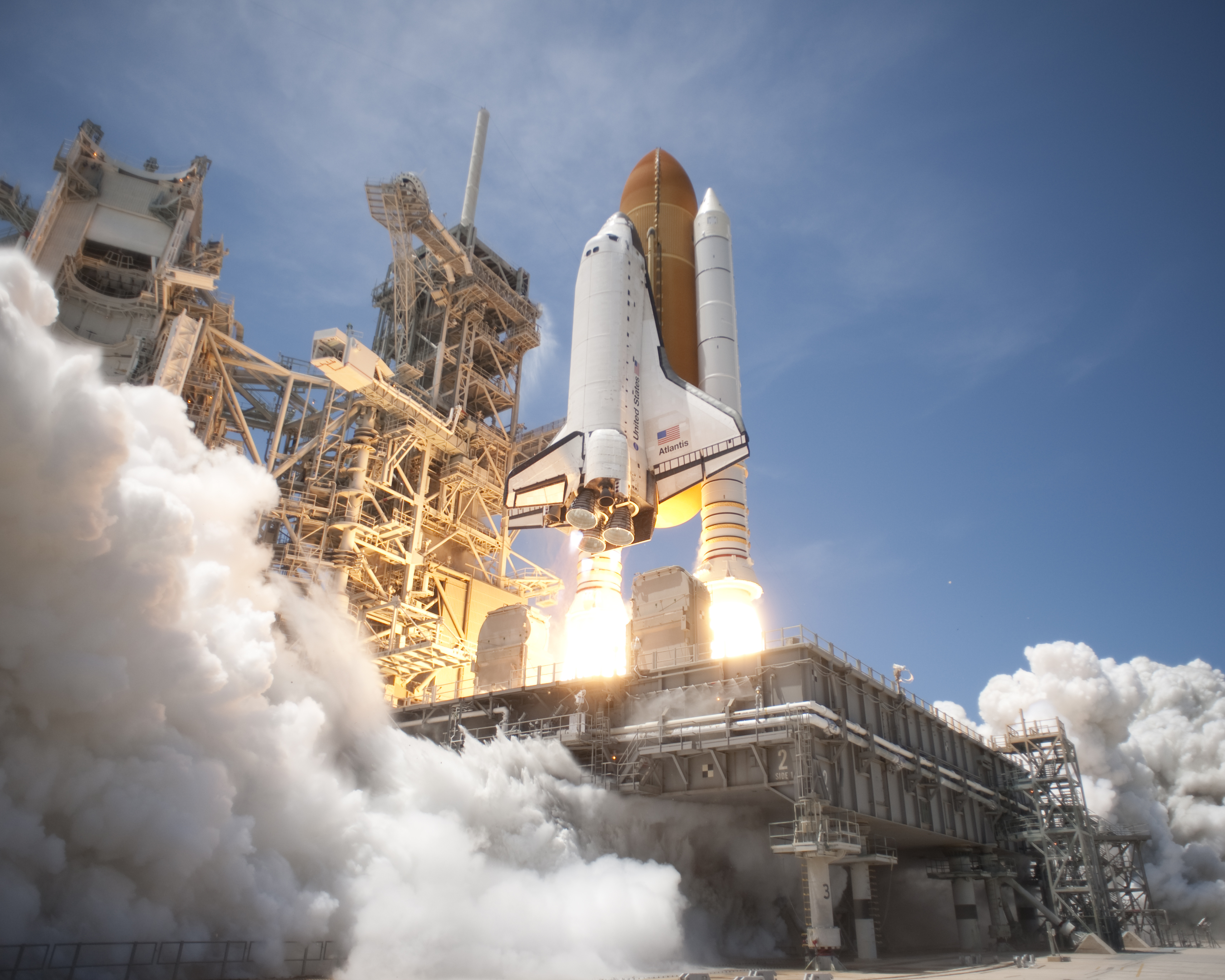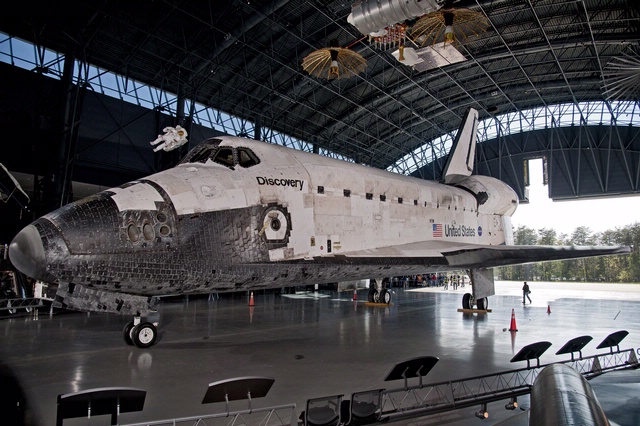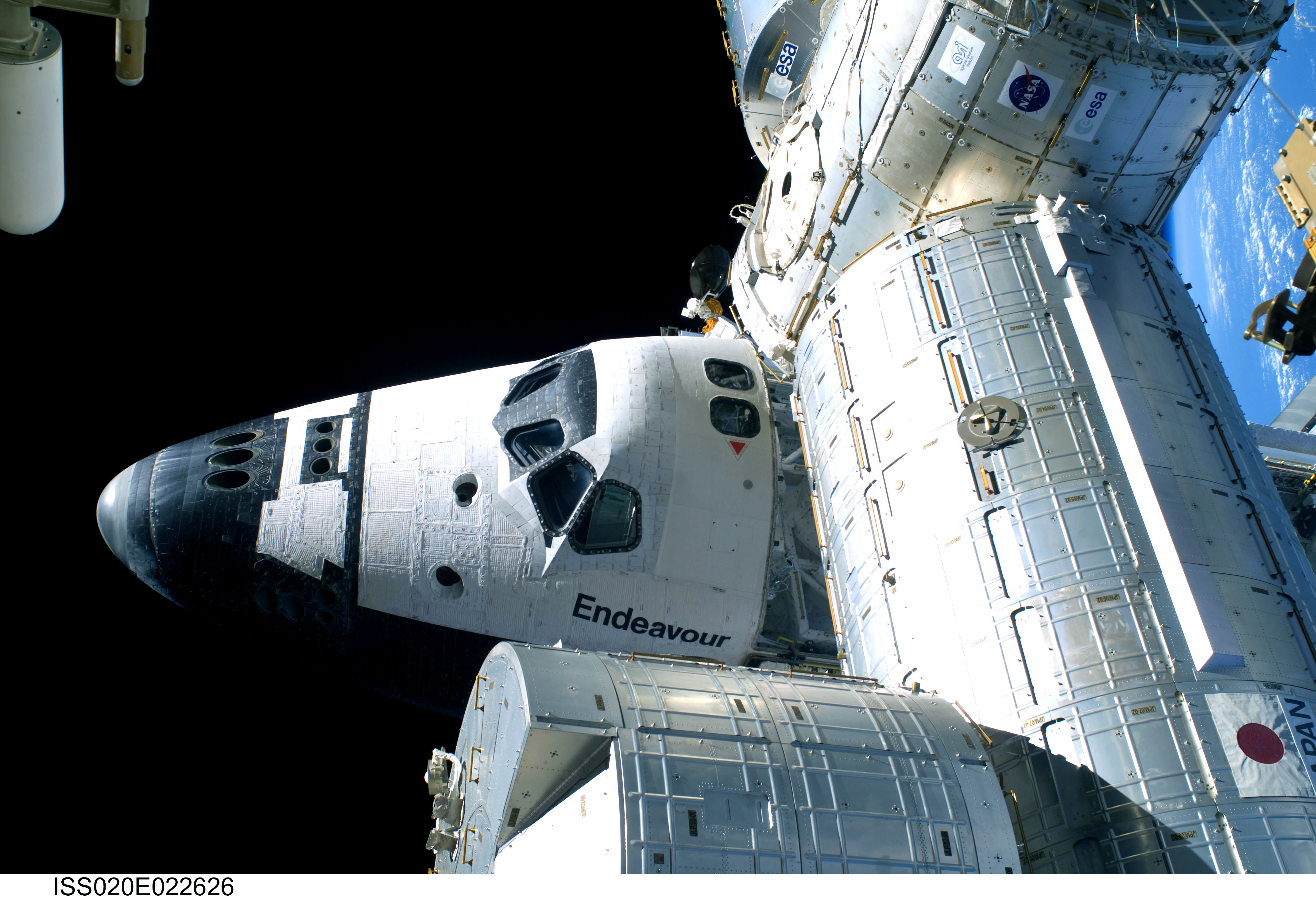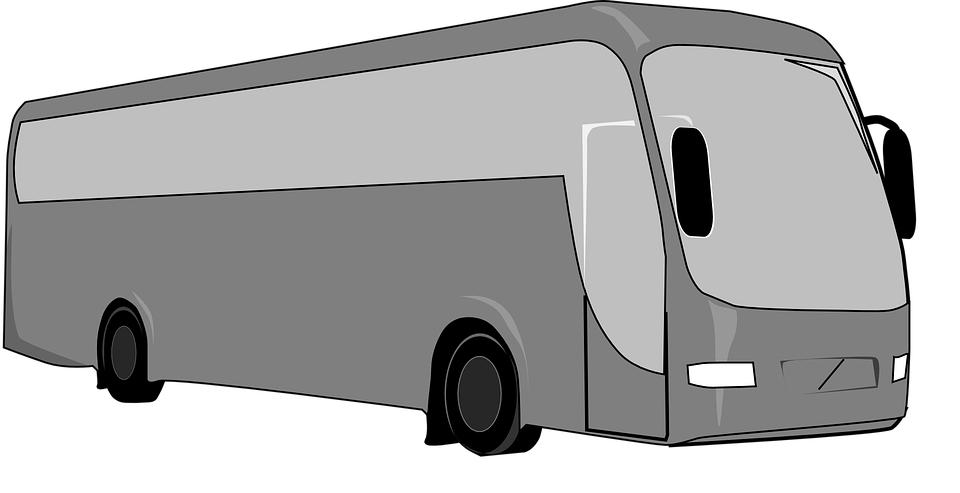For The Transit Fans: Vehicle Profile: NASA STS
NASA's STS program was envisioned to be the "Space Truck" needed to carry supplies and astronauts out of orbit, so that construction of the space station now known as the International Space Station could be built.

NASA STS OV-104 Atlantis Launches from Kennedy Space Center during STS-132
Fleet Size: 6 Shuttles total (5 Functional), 2 Lost (1 on Launch, 1 on re-entry). 2 Shuttle Carrier Aircraft.
Manufacturer and Powerplant: NASA's Space Shuttles were constructed jointly by Boeing and Rockwell International. The shuttles were powered by 3 Aerojet Rocketdyne RS-25 Rockets which burned cryogenic liquid hydrogen and 2 Aerojet Rocketdyne AJ-10-190 Booster Engines. To assist with Launch, the shuttles were launched with 2 Solid Rocket Boosters (SRB's) built by Thiokol/Pratt and Whitney. Along with one External Tank which housed the Liquid Nitrogen.

NASA STS OV-105 Endeavor Firing the SRB's
Model Quick Facts: STS Orbiter
Crew: 6-8
Vehicle Length: 122 ft, 2 in
Vehicle Wingspan: 78 ft, 6 in
Vehicle Height: 58.58 ft
Vehicle Weight (Empty): 151,205 lbs
The Space Transportation System served the primary function of taking astronauts and their supplies into low earth orbit in space. NASA also utilized these craft to dock with the International Space Station (which they helped build) and to interact with satellites. The fleet served as follows.

NASA STS OV-101 Enterprise on Display in New York City
Enterprise:
Namesake: U.S.S. Enterprise NCC-1701 (Star Trek)
Designation: OV-101
Completed: September 17, 1976
Fate: On Display
Enterprise was the test prototype for the STS program and exists solely as an unpowered glider. Enterprise was carried on top of its shuttle carrier and released and glided back using its own power. The testing of Enterprise laid the vital framework that would later pave the way for the program. Enterprise was built without engines or a heat shield and never went to space. NASA did intend to convert her to be space worthy but it was more cost effective to construct her successor instead.

NASA STS OV-102 Columbia
Columbia
Namesake: Trading ship Columbia Rediviva
Designation: OV-102
Completed: March 8, 1979
Fate: Lost, Destroyed on February 1, 2003
Columbia has the distinction of being the first STS orbiter in space. Columbia completed 28 missions and spent 300 days total in space. Columbia was lost on February 1. 2003 during reentry into the atmosphere. During its last launch STS-107 a piece of foam insulation broke off from the External Tank and struck the left wing and damaged part of the shuttles heat shielding. Previous shuttle launches had seen minor damage but it was later determined that the damage to Columbia during STS-107 was more severe. During reentry, the hot gases of the atmosphere penetrated the damaged area of the left wing and caused the ship to become unstable and eventually break apart over Parts of East Texas and Louisiana. The ship was declared lost and President George W. Bush addressed the nation stating that the space program would continue.

NASA STS OV-099 Challenger
Challenger
Namesake: HMS Challenger
Designation: OV-099
Compeleted: October 23, 1981
Fate: Lost, Destroyed on January 28 1986
Challenger was originally only built as a frame but was later converted to be a fully functional space worthy orbiter. (Hence its odd designation number) Challenger was the second space worthy orbiter and completed 9 missions before breaking apart 73 seconds into 10th mission. Challenger spent 62 days in space and orbited Earth 995 times. During STS-51-L Challenger broke apart during launch due to a failure with an O-Ring seal on one of the Solid Rocket Boosters. The ship and the crew were lost. This accident resulted in a two and a half year suspension of the program and grounding of the fleet.

NASA STS OV-103 Discovery
Discovery
Namesake: HMS Discovery
Designation: OV-103
Completed: February 23, 1983
Fate: Decomissioned on March 9, 2011, On Display at the Smithsonian Air and Space Museum
Discovery is the third space worthy orbiter and perhaps the most successful. Discovery served for 27 years, launched and landed 39 times and gathered more space time than any other spacecraft to date. Discovery spent almost a total of exactly a year in space. The majority of this missions carried out by Discovery involved research at the International Space Station as well as missions involving its assembly. Discovery launched 31 satellites including the Hubble Space Telescope. Discovery marked "The Return to Space" twice after the loss of Challenger in 1988 with STS-26 and then again after the loss of Columbia in 2006 with STS-114. Discovery was the result of lessons learned from the first two orbiters. Discovery weighed 6,870 pounds less that Columbia. The Department of Defense had plans to use Discovery to move payloads from Vandernburg Air Force Base Discovery would have been the first U.S. Air Force space shuttle. Discovery holds the honor of being the first shuttle decommissioned taken out of service after its final mission STS-133.

NASA STS OV-104 Atlantis
Atlantis
Namesake: RV Atlantis
Designation: OV-104
Completed: April 10, 1984
Fate: Decomissioned July 8, 2011, On Display at Kennedy Space Center Visitor Complex
Atlantis was the fourth shuttle in the STS program and was most notable for its cooperation with the Russian Mir Space program and assistance with European Space Agency missions. Atlantis completed 33 missions, spent 306 days in space and orbited Earth 4,848 times. Atlantis docked with the Russian Space Station Mir 7 times, the International Space Station 12 times and launched 14 satellites. Atlantis was built in half the time it took to build Columbia. The final mission of the American Space Shuttle program was carried out by Atlantis with STS-135.

NASA STS OV-105 Endeavour docked with ISS during STS-127
Endeavour
Namesake: HMS Endeavour
Designation: OV-105
Completed: July 6, 1990
Fate: Decomissioned on June 1, 2011, On Display at the California Space Center
Endeavour was authorized to be built to replace Challenger. Spare parts from Discovery and Atlantis were used to build Endeavour. It completed 25 missions and spent a total of 296 days in space. Endeavour orbited Earth 4,671 times, deployed 3 satellites, docked with the Russian Space Station Mir once and the International Space Station 12 times. Endeavour received multiple upgrades as more was learned about the loss of Columbia. Due to the planned cancellation of the Space Shuttle Program and supplies needed on the International Space Station, Congress authorized STS-134 to deliver equipment to the ISS. STS-134 was originally intended to be the last mission but STS-135 was later authorized which meant Atlantis was the last shuttle in space. Endeavour was used in a commercial during the 2013 Super Bowl when a Toyota Tundra towed Endeavour for 12 miles.
NASA STS-104 Atlantis Launch
NASA STS-105 Endeavour during STS-134 its final mission
-
 1
1




1 Comment
Recommended Comments
Create an account or sign in to comment
You need to be a member in order to leave a comment
Create an account
Sign up for a new account in our community. It's easy!
Join the herd!Sign in
Already have an account? Sign in here.
Sign In Now